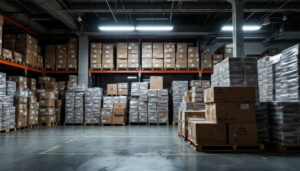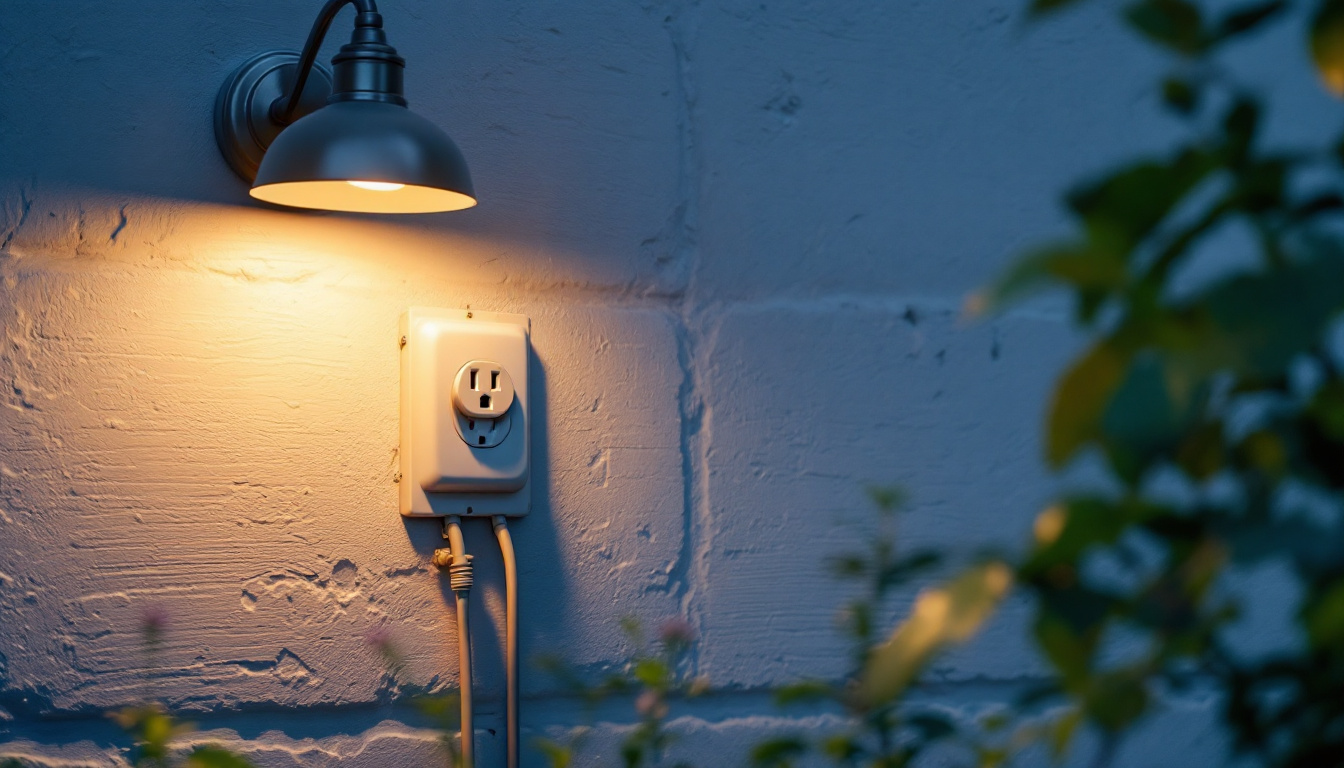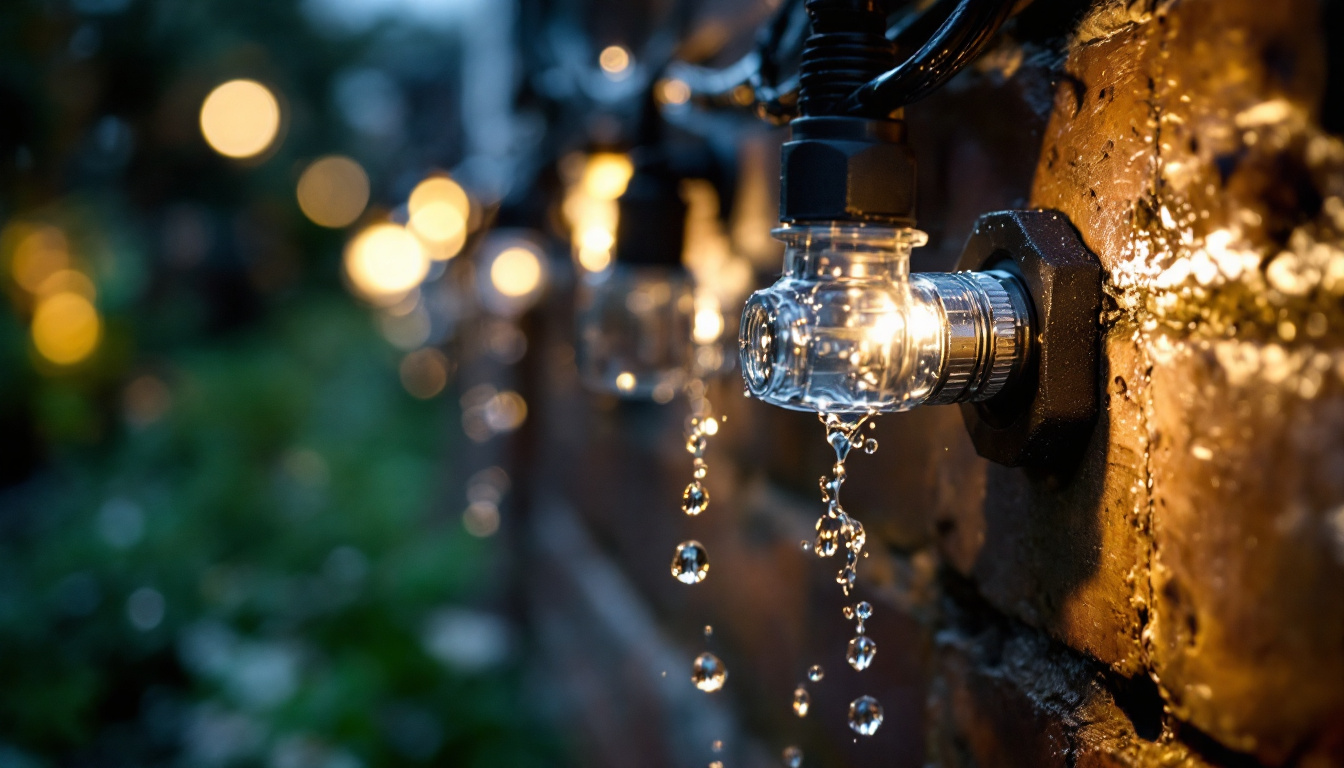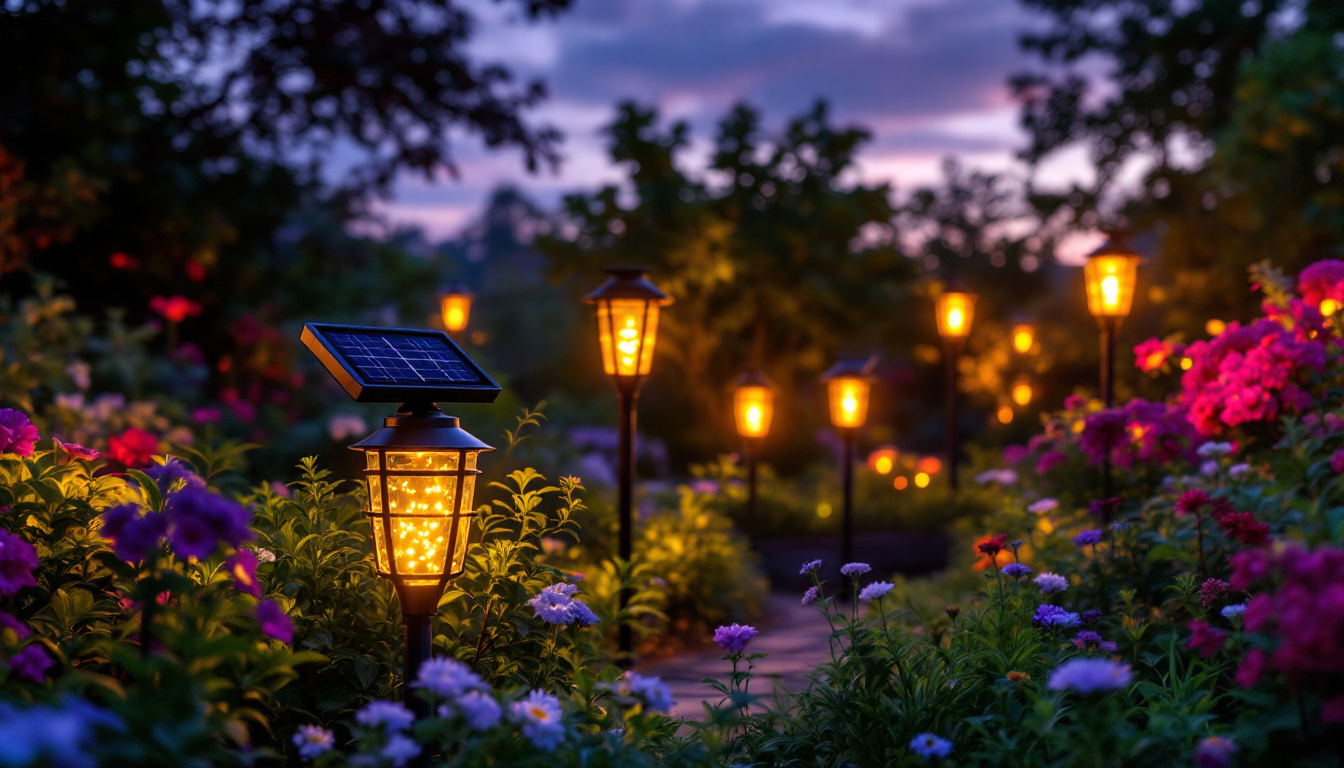

In the world of electrical installations, particularly in outdoor settings, the exterior receptacle box plays a pivotal role. For lighting contractors, understanding the nuances of these components is essential not only for compliance with safety standards but also for ensuring client satisfaction. This article delves into the critical aspects of exterior receptacle boxes, providing insights that can enhance the quality and safety of lighting installations.
Exterior receptacle boxes are designed to house electrical outlets that are exposed to outdoor elements. These boxes are crucial for providing power to various outdoor lighting fixtures, tools, and appliances. Their design and construction must accommodate environmental factors such as moisture, temperature fluctuations, and physical impacts. Proper installation of these boxes not only ensures safety but also enhances the functionality of outdoor spaces, allowing homeowners to enjoy their yards and gardens without the limitations of indoor electrical access.
There are several types of exterior receptacle boxes available, each serving different purposes and environments. The most common types include:
The materials used in the construction of exterior receptacle boxes are critical for their durability and effectiveness. Common materials include:
When selecting an exterior receptacle box, it’s also essential to consider the local electrical codes and regulations, as these can dictate specific requirements for outdoor installations. Compliance not only ensures safety but also helps in avoiding potential fines or issues during home inspections. Furthermore, the placement of these boxes should be strategic, taking into account accessibility and convenience for outdoor activities, such as gardening or entertaining guests. Proper planning can significantly enhance the utility of outdoor electrical outlets, making them a valuable addition to any home.
Proper installation of exterior receptacle boxes is crucial for safety and functionality. Lighting contractors must adhere to best practices to ensure that installations meet local codes and standards. This not only guarantees the longevity of the electrical components but also minimizes the risk of electrical hazards that can arise from improper installations.
Choosing the right location for an exterior receptacle box is vital. Considerations include:
In addition to these factors, it’s also important to consider the potential for future use. For instance, if you anticipate needing to plug in seasonal decorations or tools, positioning the receptacle in a versatile location can save time and effort later. Additionally, be mindful of the surrounding environment; placing the receptacle away from areas prone to flooding or excessive water runoff can further enhance safety and functionality.
To protect the electrical connections from moisture and debris, sealing and weatherproofing are essential steps in the installation process. This includes:
Moreover, consider the use of weatherproof covers for the receptacles themselves. These covers can provide an extra layer of defense against the elements, particularly in regions that experience harsh weather conditions. It’s also wise to regularly inspect the receptacles for any signs of wear or damage, as proactive maintenance can prevent more significant issues down the line. By taking these precautions, you can ensure that your exterior receptacle boxes remain functional and safe for years to come.
Compliance with local and national electrical codes is non-negotiable for lighting contractors. These codes are designed to ensure safety and reliability in electrical installations.
The National Electrical Code (NEC) outlines specific requirements for outdoor receptacles, including:
In addition to the NEC, local jurisdictions may have specific amendments or additional regulations that must be followed. It is crucial for contractors to familiarize themselves with these local codes to avoid penalties and ensure safe installations.
Lighting contractors often face challenges when installing exterior receptacle boxes. Understanding these challenges and their solutions can lead to smoother installations and satisfied clients.
One of the most common issues with exterior receptacle boxes is moisture ingress, which can lead to electrical failures and hazards. Solutions include:
Exterior receptacle boxes are often exposed to physical impacts from weather, debris, or landscaping activities. To mitigate this risk:
As technology advances, so do the features and capabilities of exterior receptacle boxes. Staying informed about these innovations can provide contractors with competitive advantages.
Smart receptacles are becoming increasingly popular in outdoor settings. These devices allow for remote control and monitoring of power usage, providing convenience and energy efficiency. Key benefits include:
Innovations in materials and design have led to enhanced weatherproofing technologies for exterior receptacle boxes. Features to look for include:
For lighting contractors, understanding the intricacies of exterior receptacle boxes is essential for delivering safe and reliable installations. From selecting the right type and material to ensuring compliance with electrical codes, every detail matters. By staying informed about best practices, common challenges, and emerging technologies, contractors can enhance their service offerings and ensure client satisfaction.
Investing time in mastering the nuances of exterior receptacle boxes not only improves installation quality but also builds a reputation for excellence in the competitive field of electrical contracting. As outdoor lighting continues to evolve, so too will the demands placed on these vital components, making ongoing education and adaptation crucial for success.
Ready to elevate your lighting installations with the highest quality exterior receptacle boxes? Look no further than LumenWholesale, where we offer an exceptional range of spec-grade lighting products at wholesale prices that simply can’t be beaten. Our commitment to quality and affordability ensures that you have access to the best materials for your projects, without the burden of inflated markups. Plus, with the convenience of free shipping on bulk orders, you can stock up on all your lighting needs and maintain your competitive edge. Don’t compromise on quality or cost—choose LumenWholesale for Wholesale Lighting at the Best Value and make every installation a shining success.

Discover the cost-effective strategies and expert insights from smart lighting contractors on replacing solar panels in lanterns.

Discover the essential guide to waterproof wire connectors tailored for lighting contractors.

Discover why purchasing industrial ceiling fans in bulk from local distributors might not be the best choice.

Discover how solar powered garden lights can revolutionize your outdoor lighting projects by boosting efficiency and sustainability.
Get notified when NEW deals are released.
Optimize your budget with wholesale discounts.
Only top-quality, specification-grade lighting products.
No additional costs at checkout - what you see is what you pay.
We understand the unique needs of contractors.